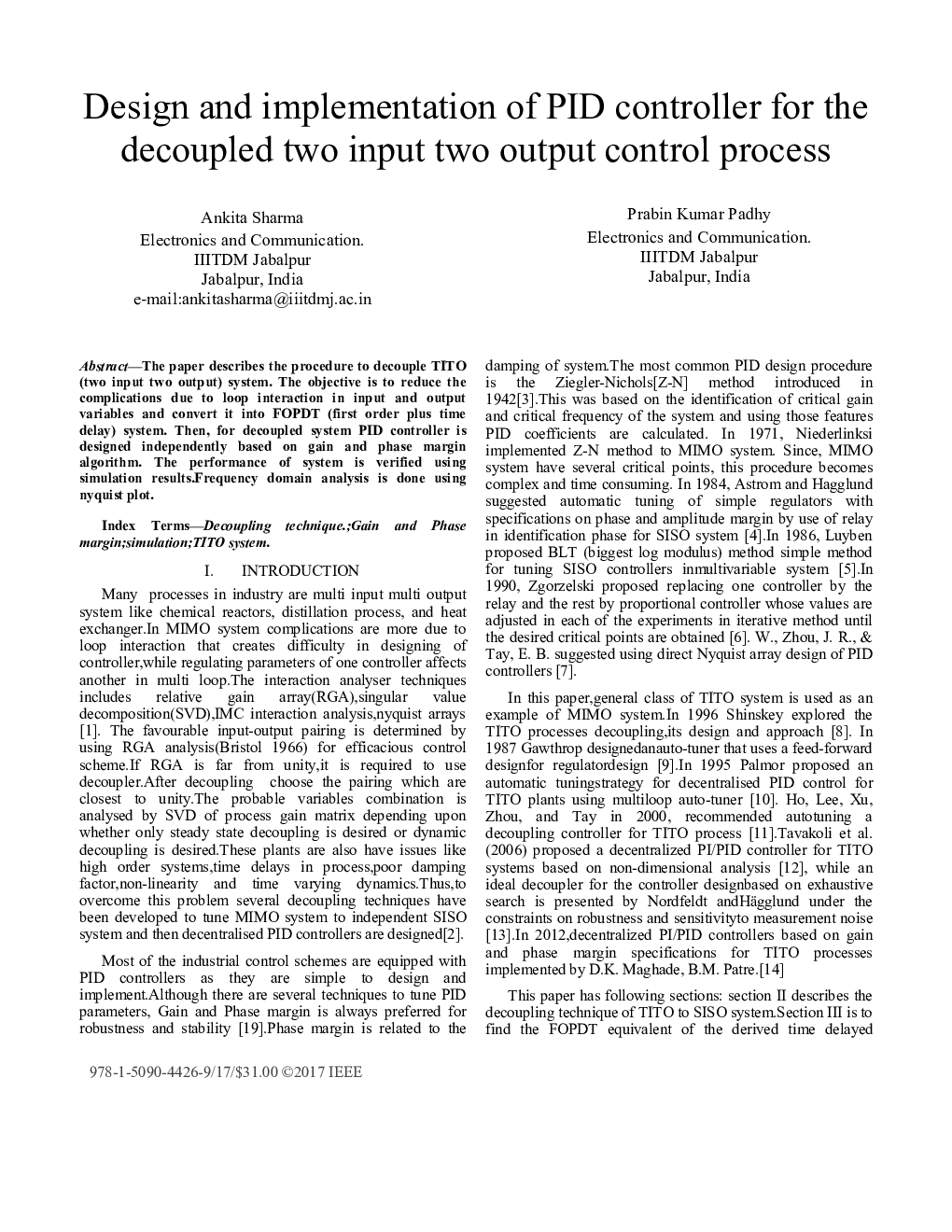| Article ID | Journal | Published Year | Pages | File Type |
|---|---|---|---|---|
| 5588581 | Nutrition Research | 2017 | 6 Pages |
Abstract
Seaweeds are considered a potential source of antiobesity agents. Because Caulerpa, a seaweed, has been consumed for food in Japan, China, South Korea, and Australia, we hypothesized that Caulerpa okamurae may have antiobesity effects in an animal model of high-fat diet (HFD)-induced obesity in C57BL/6 mice. Herein, we found that the ethanolic extract of C okamurae (COE) significantly inhibited lipid accumulation and reduced the expression of the master regulator of adipogenesis, peroxisome proliferator-activated receptor-γ, sterol regulatory element binding protein-1c, and CCAAT/enhancer-binding protein-α in 3T3-L1 adipocytes. Moreover, COE significantly decreased body weight, fat weight, and liver weight in HFD-fed mice. This effect is comparable to that of positive control Garcinia cambogia extract, which has been approved by the Korean Food and Drug Administration as a weight loss food supplement in South Korea. Similarly, markers of weight gain such as free fatty acids, triglyceride, total cholesterol, glucose, and insulin in the plasma and free fatty acid, triglyceride, total cholesterol, and total lipid in the liver are significantly reduced in COE-treated HFD-fed mice. We found significantly reduced peroxisome proliferator-activated receptor-γ, CCAAT/enhancer-binding protein-α, fatty acid synthase, sterol regulatory element binding protein-1c, cluster of differentiation 36, and acetyl-CoA synthetase in the adipose tissue of COE-treated HFD-fed mice. In conclusion, our results demonstrated that COE is effective in preventing body weight gain and fat accumulation and reduces plasma and hepatic lipid profiles. Together, these findings suggest that C okamurae may be used as a possible treatment option for the management of obesity and associated metabolic disorders.
Keywords
GCECCAAT/enhancer-binding protein-αNLRsDulbecco Modified Eagle MediumCD36HFDPPAR-γFFAFASACCDMEMSREBP-1c3-[4,5-dimethylthiazol-2-yl]-2,5-diphenyltetrazolium bromideC/EBPαMTTAdipocytesAdipogenesisAcetyl-CoA synthetaseFree fatty acidfatty acid synthasetriglyceridecluster of differentiation 36high-fat dietObesityCoepolymerase chain reactionPCRSterol regulatory element binding protein-1ctotal cholesterolNOD-like receptors
Related Topics
Life Sciences
Biochemistry, Genetics and Molecular Biology
Endocrinology
Authors
Bhesh Raj Sharma, Hyun Jung Kim, Min Suk Kim, Chul Min Park, Dong Young Rhyu,
